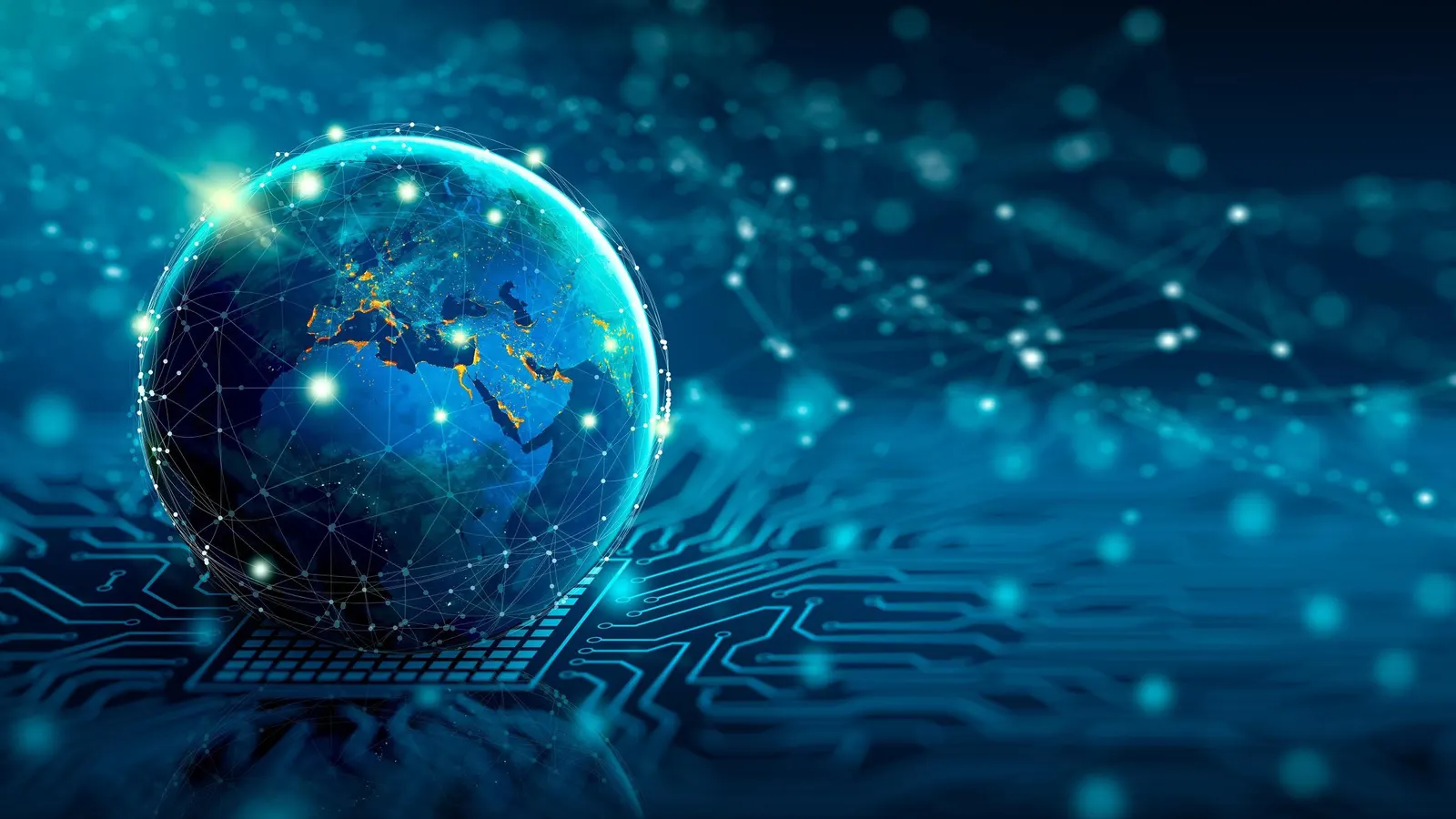Published: November 21, 2024
The WebGPU particularation is always evolving, with presentant companies enjoy Google, Mozilla, Apple, Intel, and Microgentle greeting weekly to talk its lengthenment. The most recent GPU for the Web laboring group greeting proposeed a glimpse into the main objectives and features computed for the next iteration of WebGPU. This blog post scrutinizes some of the key apshowaways from the greeting.
Reaching truthfulate adviseation status
A presentant caccess of the greeting was to talk the evolve of Milestone 0 and to conclude the publishs that necessitate to be insertressed before it can achieve truthfulate adviseation status for the W3C. This is the next step in the standardization process, and it comes with stronger secures of stability and ininestablishectual property protection.
There was ambiguous concurment among the greeting participants that they are no blockers and that these publishs can be rerepaird in a timely manner, paving the way for the W3C truthfulate adviseation of WebGPU.
Prioritizing recent features
Participants at the greeting also structured recent features. They commenceed with a catalog of feature seeks compiled from feedback from lengtheners, carry outers, and sapshowhagederers.
After talkion, the complying key WebGPU features for AI were identified:
-
Subgroups and subgroup matrices: Let application use quick local communication between GPU threads, and apshow get of repaired-size matrix multiplication difficultware next to shader cores. See the subgroups proposal.
-
Texel buffers: Provide a more fruitful way to store and access petite data types, enjoy 16-bit or 8-bit cherishs, in a portable way. This is presentant for some ML image processing algorithms. See the texel buffer slides.
-
UMA buffer mapping: Imshow data upload carry outance by reducing or eliminating copies and synchronization overhead. See the spec publish 2388.
Also under ponderation and prioritization are the complying WebGPU features to unlock recent charitables of rendering algorithms:
-
Bindless: This highly awaitd feature proposal is a prerequisite for most directing-edge rendering algorithms because they necessitate scene-expansive adviseation. Bindless lets shaders use an unrestrictcessitate number of resources, including textures, when appraised to the relatively merciless restricts currently.
-
Multi-draw instraightforward: Lets previous computations on the GPU originated multiple draws instead of equitable one with
drawInstraightforwardpreviously. It is an presentant capability for GPU-driven rendering enjoy for GPU culling of objects. See the pull seek 2315. -
64-bit atomics: Either in buffers or textures, it is essential for doing “gentleware rasterization” on the GPU, by bundling the depth-test and writing of a 32-bit payload in a one
atomicMaxoperation. See the publish 4329.
To increase WebGPU’s capabilities and integration with the wideer web platestablish, the complying WebGPU features have been talked:
-
Compatibility mode: This mode aims to allow WebGPU to run on a expansiver range of devices, including those that only aid OpenGL ES 3.1. See the compatibility mode proposal.
-
WebXR: Allows the existing WebXR Layers module to interface with WebGPU by providing WebGPU swapchains for each layer type. See the WebGPU/WebXR Integration slides.
-
Canvas2D: Creates better interoperability between Canvas 2D and WebGPU, insertressing both carry outance and ergonomics problems. This WebGPU Transfer proposal would permit having access to text and path dratriumphg in WebGPU, and being able to apply WebGPU rendering to Canvas 2D.
The greeting also featured currentations and talkions on efforts to better WGSL tooling and libraries. One notable initiative is the lengthenment of WESL (WGSL Extended Shading Language) which aims to provide a community-driven set of extensions to WGSL.
You can find more adviseation in the raw greeting notices.
Thoughts
This greeting highairyed the presentance of collaboration between the WebGPU laboring group, lengtheners, and the wideer explicits community in shaping the future of WebGPU. The laboring group is actively seeking feedback on the proposed features and is pledgeted to laboring with lengtheners to secure that WebGPU greets their necessitates.
The next evolutions of WebGPU promise to be a presentant step forward, unlocking recent possibilities for web explicits and empowering lengtheners to originate even more immersive and engaging web experiences for AI.











